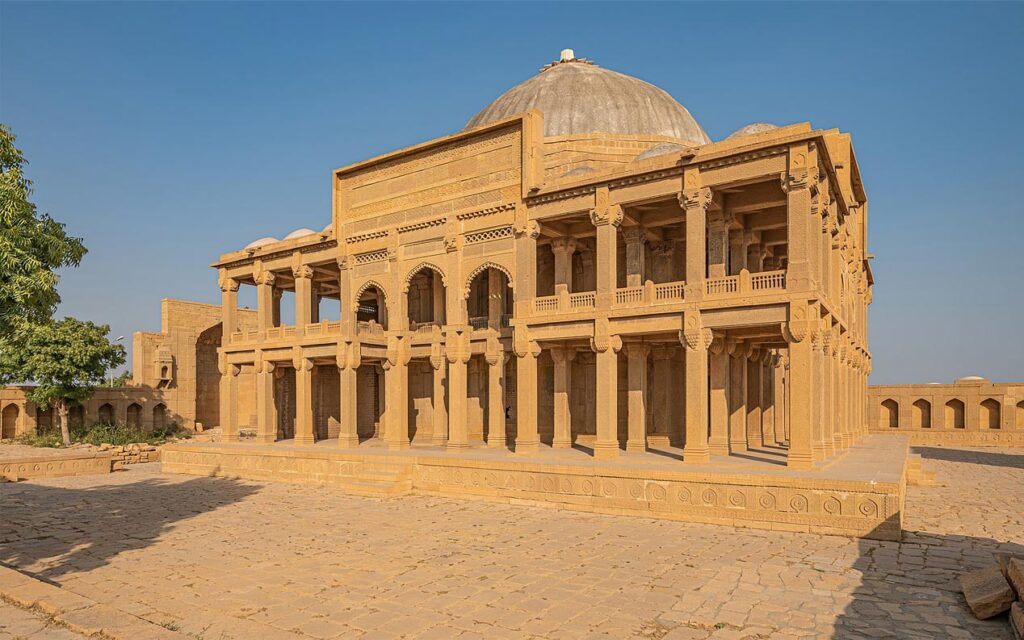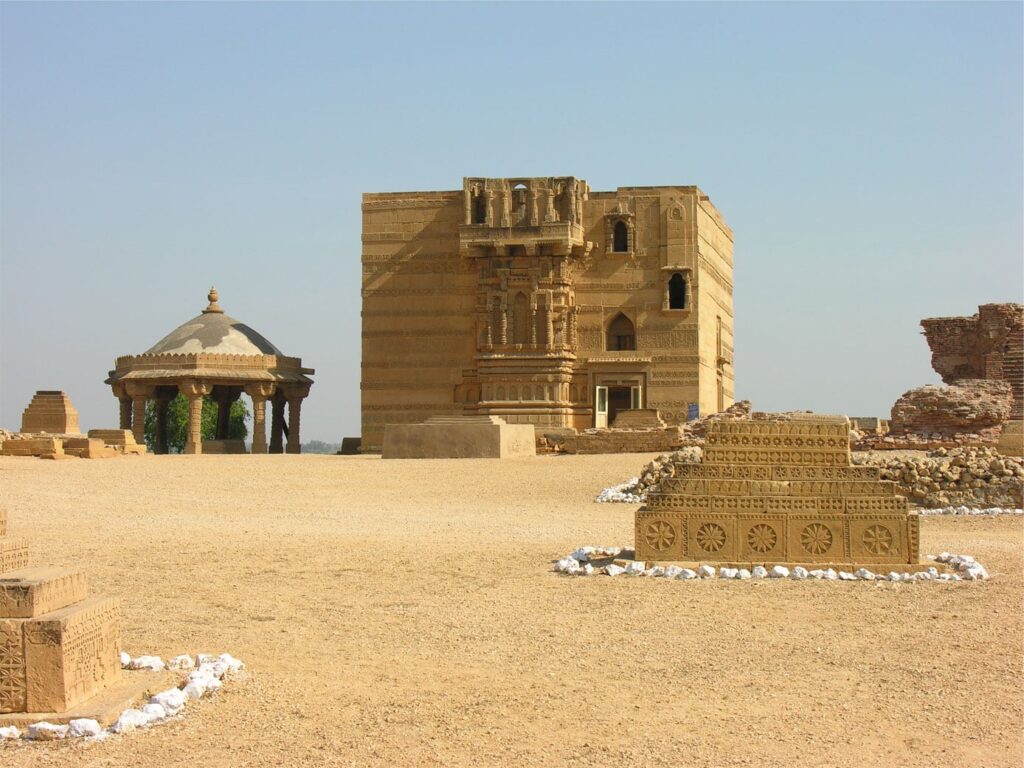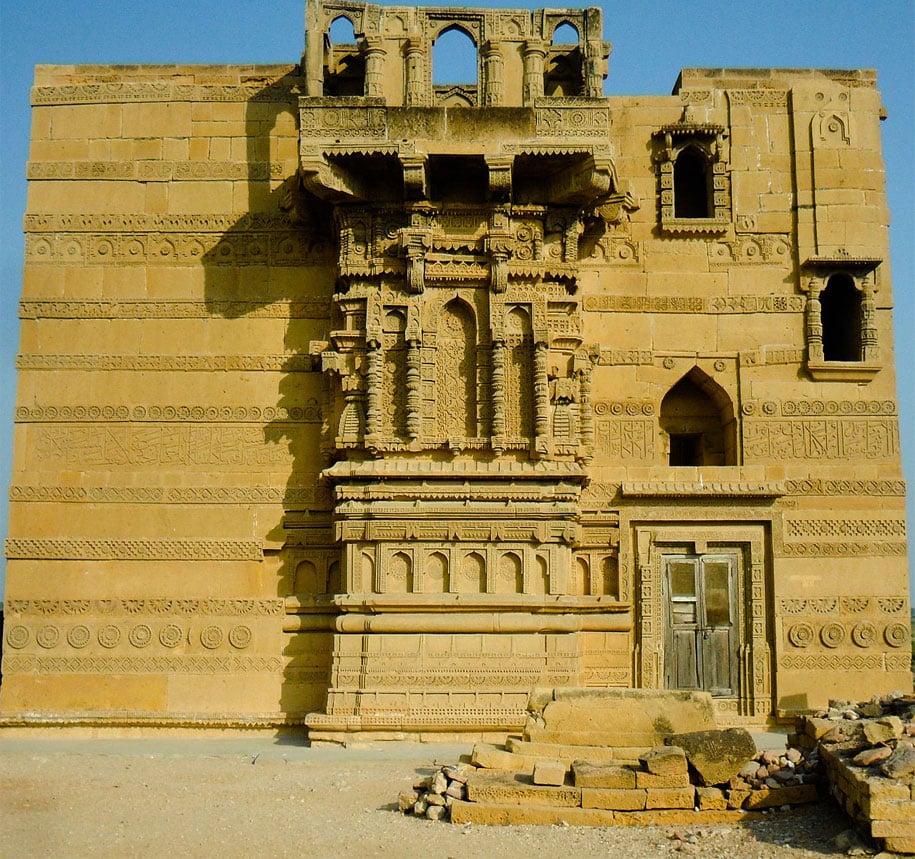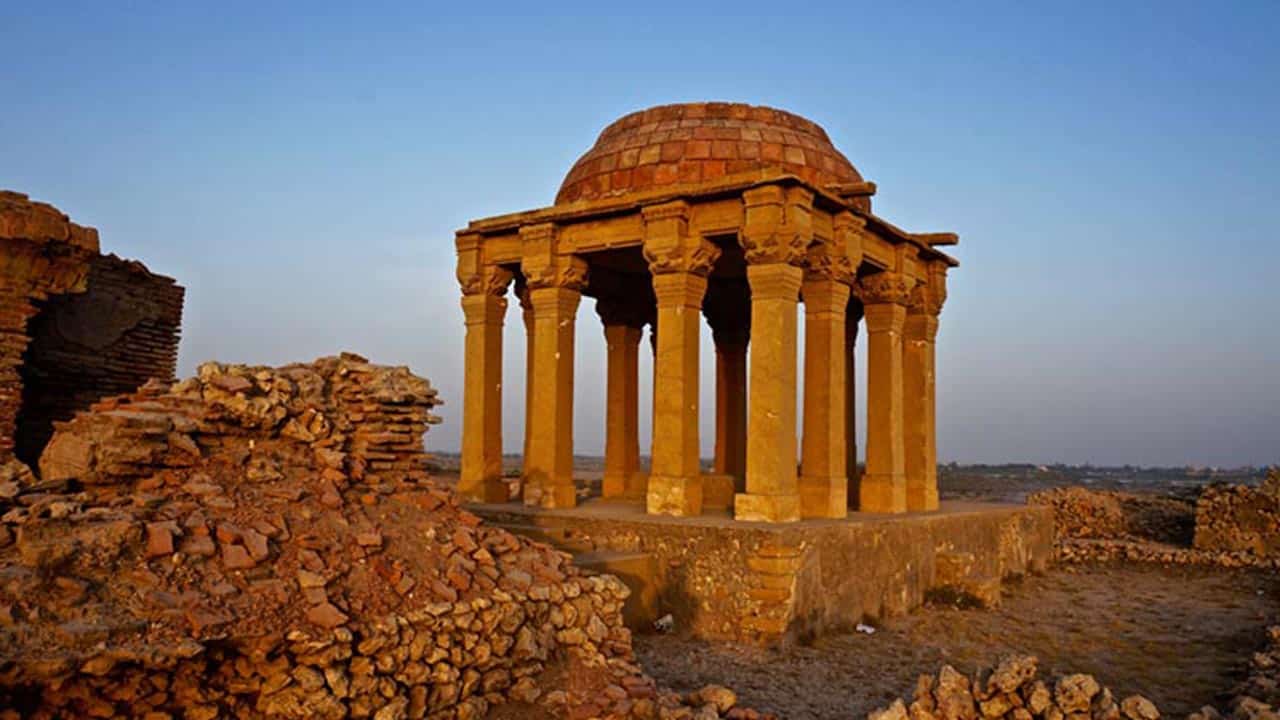Makli Necropolis is one of the largest funerary sites in the world, spread over an area of 10 kilometers near the city of Thatta, in the Pakistani province of Sindh. The site houses approximately 500,000 to 1 million tombs built over the course of a 400-year period. Makli Necropolis features several large funerary monuments belonging to royalty, various Sufi saints, and esteemed scholars. The site was inscribed as a UNESCO World Heritage Site in 1981 as an “outstanding testament” to Sindhi civilization between the 14th and 18th centuries.
Here is a video I found on the internet that is quite exceptional in terms of the historical perspective and history of the graveyard.
The Makli site consequently contains numerous tombs of historical and cultural significance in contrasting architectural styles. Makli Graveyard is one of the largest graveyards in the World, with millions of symphonies in stone, it is situated in the southern province of Sindh. The largest necropolis is home to half a million tombs and graves full of Sufi saints, royals, and others. Spread over an area of approximately 10km, the necropolis bears testimony to decorative styles and ornamentation of both stone and brick.
Historical Characteristics of Makli Necropolis
Makli is one of the six World Heritage Sites in Pakistan. Located in Thatta, these mausolea and tombs are considered as architectural masterpieces due to the intricate motifs and tile work. The site was established as a Holy Site in the Samma dynasty, Jam Tamachi deserves all the credit as for the order of mosque construction in the Makli.



The Sufi saint, poet, and scholar Shaikh Jamali established a khanqah, or Sufi gathering site, at Makli and was eventually buried there. The 14th-century Samma ruler, Jam Tamachi, venerated the saint and wished to be interred near the saint, beginning the tradition of using Makli as a funerary site.
Makli Necropolis – The Rise to Fame
The site rose to prominence as a major funerary site under the rule of the Samma dynasty, who had made their capital near Thatta. The most architecturally significant tombs at the site date from around the time of the Mughal era, between 1570 and 1640 CE.

View of Nizam al-Din Tomb with polygon pavilion

Jam Nizamuddin II‘s tomb features a jharoka that displays Gujarati influences
Renovation Work at the Necropolis
There are fears that the recently conducted ‘renovation’ work carried out at the Makli necropolis may rob the historical site of its World Heritage status. A report in this paper has cited the concerns of archaeologists and conservationists that the shoddy so-called renovation carried out on a number of old graves, especially the magnificent mausoleum of Isa Khan Turkhan-II, governor of Thatta from 1627 to 1644, may lead Unesco to remove Makli — which, with its half, a million graves, is considered to be one of the world’s oldest burial grounds — from its list of World Heritage Sites.
Experts believe that the work — which should have been more an exercise in expert preservation — has disfigured the fine craftsmanship of the tombs. Unfortunately, for a number of years, the necropolis has been left at the mercy of the elements and thieves who sold tomb carvings to make a quick profit.
The Architecture of The Necropolis
Unesco experts have been carrying out annual inspections of the site, and for at least the past two years they have been asking the authorities to carry out conservation work as per international guidelines on some badly damaged tombs. The UN body has also repeatedly warned Pakistan that if adequate conservation work is not carried out in Makli, the graveyard might lose its heritage status. The architecture of Makli Necropolis is considered to be one of the best architectural pieces in the world, carved from stone and brick. To keep the status of the heritage site, Pakistan must take action according to UNESCO’s advice.






